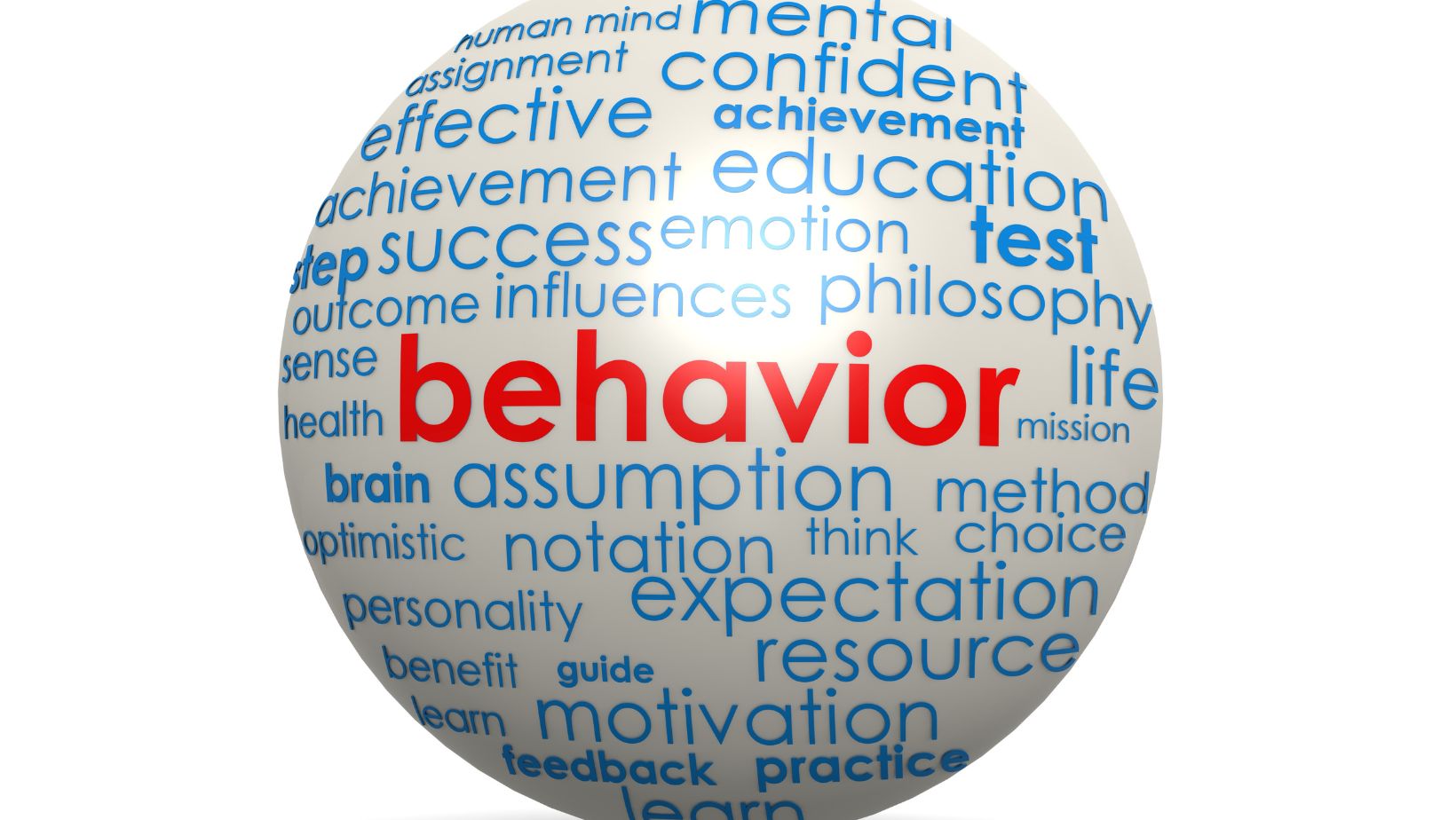Understanding the nuances of behavior can be a complex task. It’s not just about what we do, but how often, how long, and in what contexts. These factors – duration, rate, and frequency – play a vital role in shaping our actions and reactions.
In this article, I’ll delve into the fascinating world of behavioral patterns. We’ll explore how the length, speed, and regularity of our actions impact our daily lives and interactions. This isn’t just a deep dive into psychology, it’s a journey into self-understanding.
The Duration Rate Frequency etc of Behavior
As we further delve into the complexities of understanding behavior patterns, it’s essential to discuss how we actually measure these behaviors. Our key focal points here are duration, rate, frequency, and intensity, all of which play significant roles in shaping our actions and reactions.
Duration
Duration, the length of time a particular behavior lasts, can vary widely depending on the situation. For instance, a conversation between friends might last hours, while a moment of frustration may only persist for a few seconds. The duration of a behavior can be an essential factor in understanding its impact. A brief, intense argument might leave more of an impression than an all-day task that’s done in autopilot mode.
Rate
Next on the list is the Rate of behavior, which refers to the number of times an action occurs within a specified timeframe. This rate can provide insights into behavioral patterns. If you’re more likely to check your phone during work hours than at home, for example, it might suggest a need for stimulation or a break from the task at hand. Observing the rate of behavior can reveal patterns and tendencies that might otherwise go unnoticed.
Frequency
Often confused with rate, Frequency is another crucial factor in understanding behavior. While the rate looks at behavior within a specific time frame, frequency refers to how often a behavior occurs, period. Whether it’s how frequently you engage in exercise or how often you choose to deviate from your diet, these frequency patterns can reflect your habits, motivation, and potentially even your values.
Intensity
Lastly, we have behavior Intensity. Intensity relates to the strength or force behind a behavior. An intense argument can have a more significant emotional impact than a casual discussion, even if they last the same amount of time. Similarly, throwing yourself fully into a project carries a different weight compared to half-hearted participation. Understanding the intensity of our behaviors can show us the depth of our emotions and commitment to particular activities.

Analyzing Behavior
When it comes to comprehending individual actions, several methods and tools aid this understanding. Behavior analysis, commonly explored in fields like psychology and neuroscience, provides meaningful insights into the why and how of behavior. It perfectly blends diverse measurements, including duration, rate, frequency, and intensity to unearth behavioral patterns. This analysis can further be segmented into rightful categories such as ABC analysis, Antecedents, Behavior, and Consequences elucidating the theme at lengths.
ABC Analysis
This type of evaluation is particularly prevalent in behavioral psychology. It’s an acronym that stands for Antecedent, Behavior, and Consequence. It’s a fundamental strategy used to understand what triggers certain behaviors and how they can be modulated. We’ll dive deeper into these three sections in a moment.
Antecedents
Antecedents are events that precede behavior. In other words, they’re what happens right before a particular behavior takes place. It could be something simple, like a ringing alarm triggering the behavior of waking up. Or it could be more complex, like a tense conversation triggering an angry outburst. To effectively assess behaviors, we must understand these triggers – the antecedents.
Behavior
The second part of the ABC is Behavior. This is the actual action being observed or measured. This could range from physical actions, like walking or jumping, to more intangible behaviors like emotional responses or thought processes. Understanding behaviors requires dedication and meticulous observation; it’s a principle aspect within the spectrum of behavioral analysis.
Consequences
Last but not least, consequences are the results or outcomes which follow the behavior. They can be immediate or delayed, and they can have either positive or negative repercussions. It’s critical to comprehend that consequences are not always punishments. In fact, they’re quite often neutral or even positive. Recognizing the consequences of a behavior aids in predicting and preparing for its potential recurrence.
As we explore the nitty-gritty of behavioral analysis, it’d help to reiterate that such measurements and evaluations aren’t exclusively for psychologists or researchers. Self-discovery, self-improvement, building healthy relationships – these are but a few areas where behavioral analyses could shower immense benefits.





